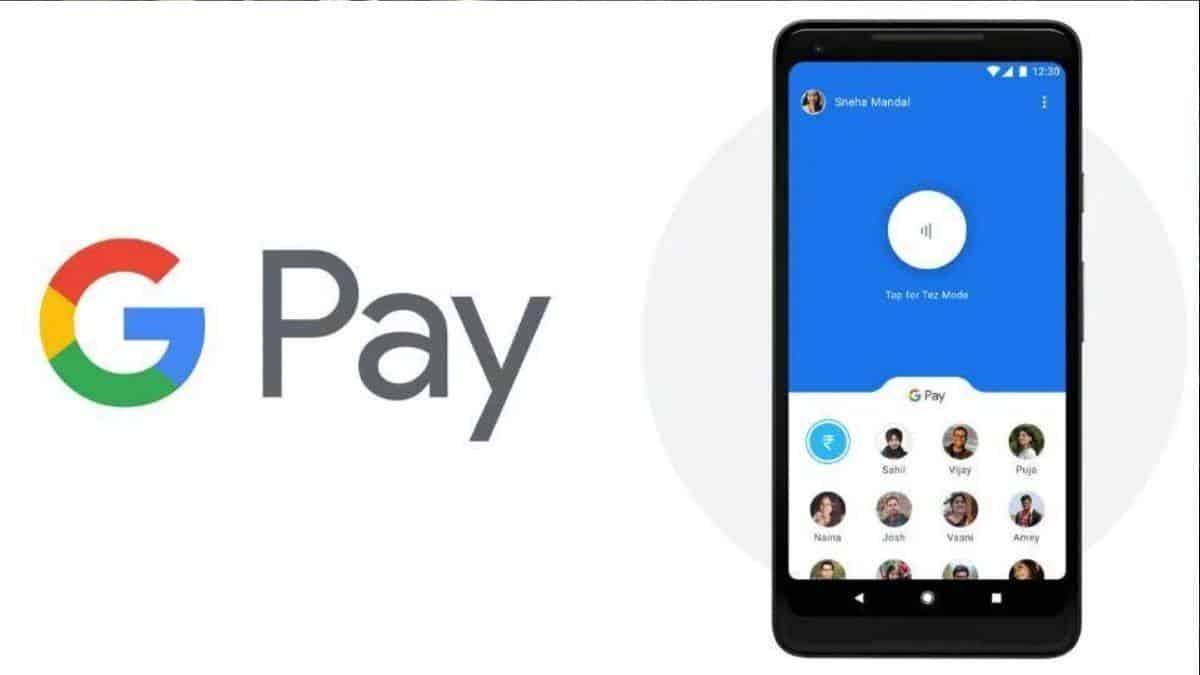In India, Google Pay is betting on voice and kirana-tech

BENGALURU/MUMBAI: Google Pay, the payments arm of Internet giant Google, is relying on voice-led payments in India and beefing up its Kirana offerings as the platform seeks to expand its payment use cases.
Google announced on Thursday that as part of its Google for India 2021 event, it will roll out a speech-to-text function for its Indian customers, allowing them to utilize voice input to make payments straight to a user’s bank account.
Instead of typing, users can speak the payee’s bank account numbers into the app in Hindi or English. Before starting payment, the account number is confirmed with the sender.
The business also revealed that ‘Hinglish’ (Hindi and English) will be available on Google Pay, bringing ease to the masses.
Last year, Google Pay, which was first released in India as Tez in September 2017, had 150 million users worldwide, with the majority of them in India.
“More needs to be done to make (digital) payments even more simple. Payments should seem natural, not like utilizing a product, but like how money is designed to be used – without friction. […] There is a difference as a result of the epidemic since customers have needed to utilize the internet at some point. Some people found it simple to use, while others struggled. As a result, it’s vital to keep things simple (for people to transact digitally). In an interview with Mint and VCCircle, Ambarish Kenghe, vice president, product management, Google Pay, claimed that only then would more people be able to utilize it.
Over the last year, the Unified Payments Interface (UPI)-based payments software has been boosting its play with kiranas as it seeks to expand its merchant payments business.
Google Pay also announced the debut of ‘MyShop,’ which would give merchants simple shop building tools, allowing them to add images, descriptions, and catalogs, as well as share the link across social media.
Merchants who utilise the Google Pay for Business app will be able to use the feature, which will allow users to chat or contact local establishments and pay through the chat window.
In the first half of last year, Google’s archrival PhonePe debuted a similar service under its ‘Stores’ offering.
“We put a lot of emphasis on payments and expanding our fintech opportunities.” It’s all about providing merchants what they want and allowing them to succeed. It’s difficult to predict how things may develop in the future. It’s purely a matter of need. “I believe our goods will evolve in that direction depending on what merchants want,” Kenghe stated at the launch of ‘MyStore.’
Last year, PhonePe and logistics startup Shadowfax collaborated in Bengaluru to test hyperlocal deliveries for its offline kirana sellers.
Over the last year, Google Pay has been expanding its value-added services for kiranas, including credit and inventory management for merchant partners.
The platform worked with digital non-banking finance providers like Flexiloans earlier this year to give credit to pandemic-affected offline retailers. Google Pay has also partnered with StoreKing, a business-to-business retailer, and Dunzo, a hyperlocal service, to help kiranas gain better access to direct inventory, according to the company.
On the 9th of February, Mint revealed that Google Pay has lost out on transaction growth due to infrastructure disruptions with banking partners.
“We’re working across the ecosystem to ensure that we’re prepared for today’s boom, as well as future spikes.” As an ecosystem, we’ll have to stay on this path indefinitely. The infrastructure will not be able to support us if we are not prepared for the future,” Kenghe added.
According to the latest figures given by retail payments organization National Payments Corporation of India, Google Pay processed about 1.45 billion payment transactions in October, capturing nearly 34% market share in the hotly fought UPI payments industry (NPCI)
It is still a close second to market leader PhonePe, which had 1.93 billion transactions in October, accounting for about 45.8% of the market.


